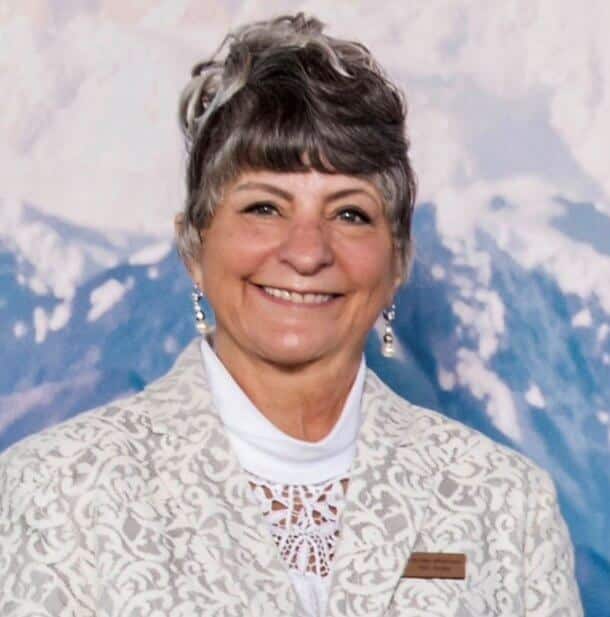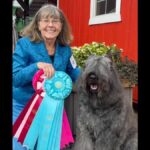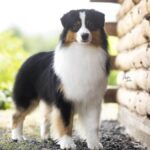Interview with Non-Sporting Group Judge Christie Martinez
Where do I live? How many years in dogs? How many years as a judge?
Christie Martinez: I live in Port Ludlow, Washington, overlooking the Puget Sound. I have been in dogs since I was a baby, literally. I have been an AKC Judge for 20 years.
After being granted the Working Group, it was natural for me to pursue the Non-Sporting breeds. My mother had Toy and Miniature Poodles and my aunt had Chow Chows. My friend and neighbor bred American Eskimos, which I was involved with in my 20s.
What is my original breed? What is/was my kennel name?
Christie Martinez: My original breed is the Samoyed, which I bred and exhibited under the name d’Keta. Keta being the Samoyed I most loved as a child.
Can I list a few of the notable dogs I’ve bred? Any performance or parent club titles?
Christie Martinez: It’s difficult to say which of my Samoyeds was my favorite, but probably Multi-BISS Ch. d’Keta Strikes Gold, aka Riley, who won the SCA National Specialty in 2011 in Utah.
Can I speak to the overall quality of the more popular Non-Sporting Breeds/Varieties; Bulldog, French Bulldog, and Standard & Miniature Poodles?
Christie Martinez: In all parts of the country, the quality of many of the Non-Sporting breeds, such as Bulldogs, French Bulldogs, and Boston Terriers, is amazing, with beautiful heads, correct outlines, and movement. Behind the Poodles are some exceptional breeders who have produced some of the top dogs in the country. We can see their dedication and commitment from the puppy classes on up. I have, of late, seen some phenomenal Poodles in the NOHS rings.
What about the overall quality of the more “vulnerable” breeds; Coton de Tulear, Finnish Spitz, Löwchen?
Christie Martinez: I was lucky to have benefited from some wonderful breed mentors in some of the low-entry breeds; breeds we don’t get an opportunity to see that often. I have enjoyed judging some really nice Löwchen lately as well as Coton de Tulear.
Would I have any advice to impart to newer judges of the Non-Sporting Breeds who come from other Groups?
Christie Martinez: The breeds in the Non-Sporting Group are unique and the learning curve is more challenging than in other Groups. One-on-one with reputable breeders can bring great insight into the nuances of these breeds.
In my opinion, how do today’s exhibits compare with the Non-Sporting Dogs of the past?
Christie Martinez: I appreciate the consistency, past and present, in the Non-Sporting breeds, which coincides with the jobs they were bred to do, such as the Dalmatian and Keeshond, to name a few. I go back to the dedicated breeders who have produced some outstanding show dogs in this Group.
If I could share my life with only one Non-Sporting Breed, which would it be and why?
Christie Martinez: I could not pick one breed to take home out of these dogs as there are so many I really am drawn to.
Just for laughs, do I have a funny story that I can share about my experiences judging the Non-Sporting Group?
Christie Martinez: One time, I was rushing to my ring when I almost tripped over a bottle of hair spray that fell off a grooming table. I picked it up and turned to hand it to the Poodle lady who said, “That’s not mine.” I just smiled and put it in a nearby garbage can.
There is an owner-handler of one of the Non-Sporting breeds whom I have awarded to quite often. I really like the quality of his dogs. It got back to me that several exhibitors said I had a “mad crush” on him. I came home and told my husband, and we had a good laugh. When he asked me if he was good-looking, I said, “Well, yes,” and we laughed some more.










